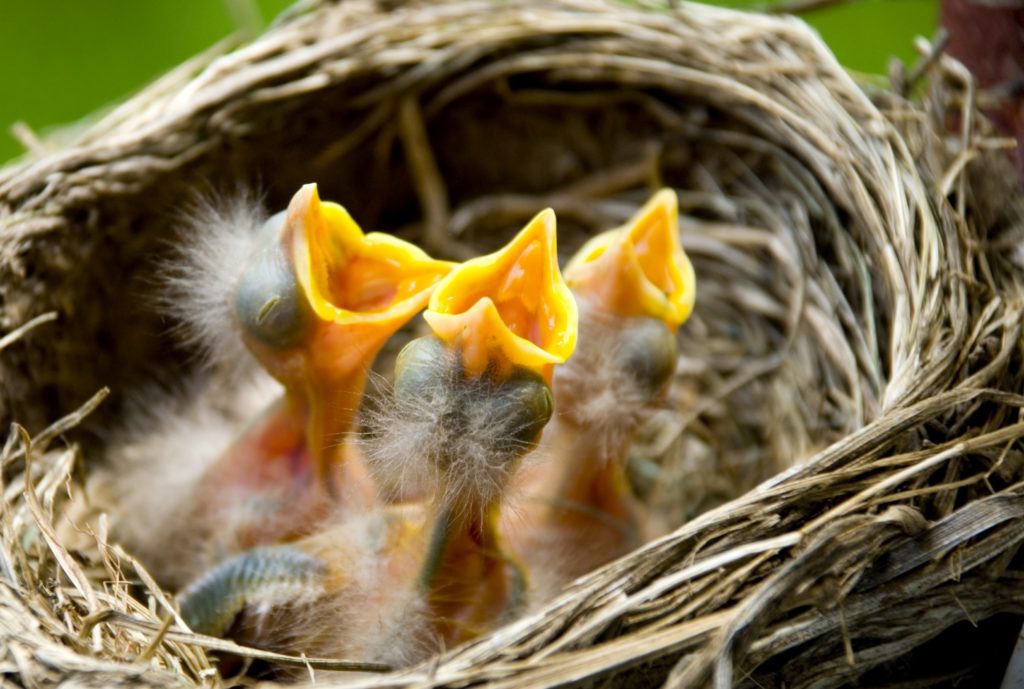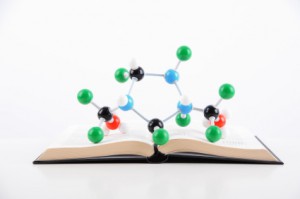It seems that spring has finally come to Southern Wisconsin. The snow has melted. Most days it is warm enough you can go outside without a parka, hat and mittens. The tree buds are starting to swell. And that traditional oracle of spring, the American robin (Turdus migratorius), has been spotted in trees and yards—along with its less friendly cousin, the red winged black bird (Agelaius phoeniceus).

While spring brings the return of migratory birds, it also brings an increase in the number of rescued baby birds flooding into local wildlife rescues and humane societies. When the babies come to these centers, they need a warm, soft, breathable and washable home that resembles the nest they were hatched in.
It turns out that knitted or crocheted nests are a perfect solution. The nests aren’t just used for baby birds; baby rabbits, squirrels, bats, ferrets and racoons are just a few additional animals that benefit. And the best part is, you could be improving your own health while you create those cozy nests. Continue reading “For the Birds: Knitting Nests for Baby Birds Might Just Help Your Health To”

